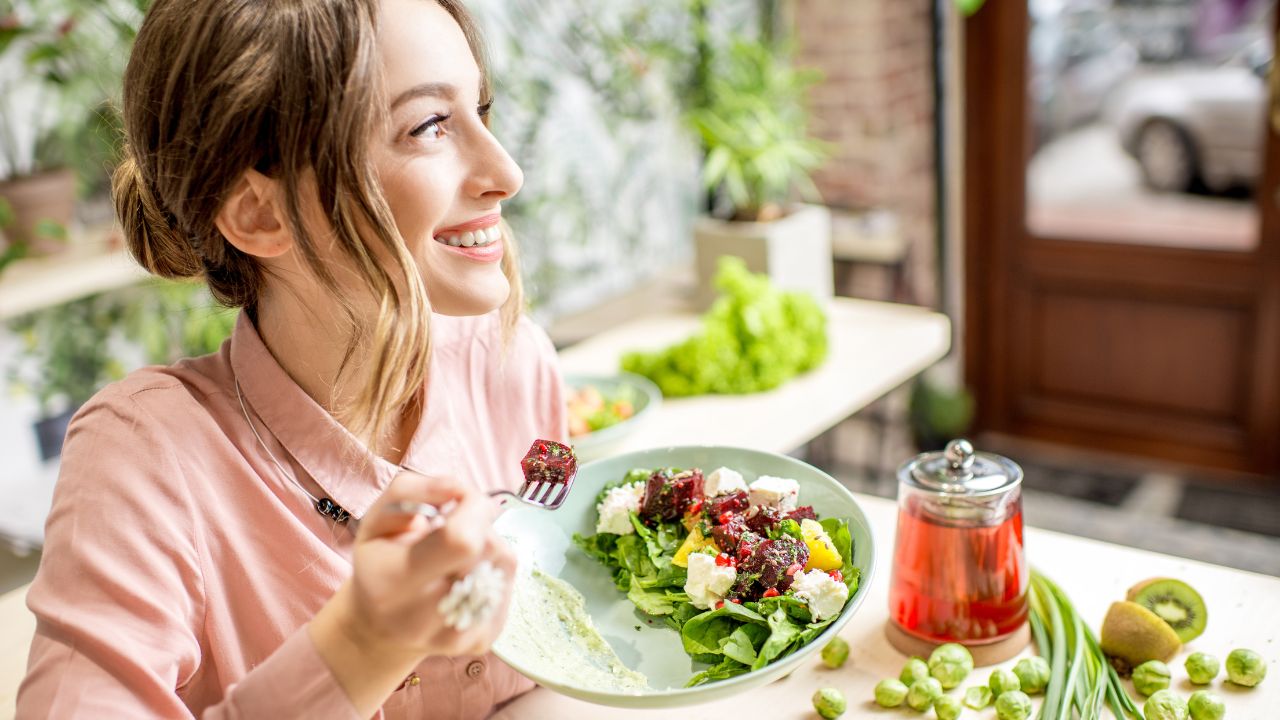Oranges make everything look (and taste) fresh, but do you know there are many types of oranges out there?
The typical oranges you see on a juice box do not represent all the varieties farmers have grown through centuries. Some are great for fresh consumption and juice, while others are more suitable for cooking.
Here are 15 popular types of oranges you can find out there.
1. Blood Orange
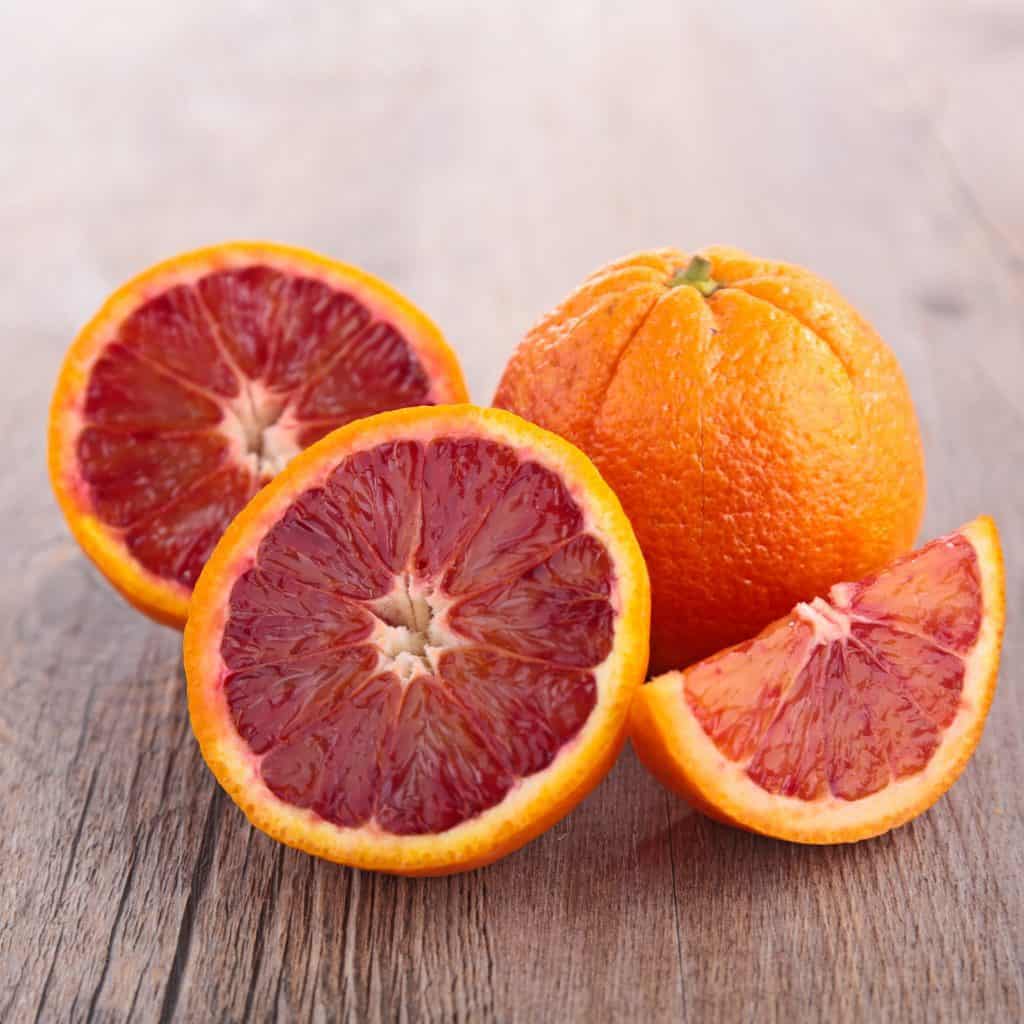
Blood orange looks common on the outside, but it is dark red on the inside. The color comes from a red pigment called anthocyanins. The orange peel is slightly harder than the other orange fruits.
Blood orange has a subtle berry-like flavor with the usual citrus tone. Some varieties are tart, while others are sweeter.
Popular uses: juice, gelato, soda, salad, marmalade.
2. Cara Cara Orange
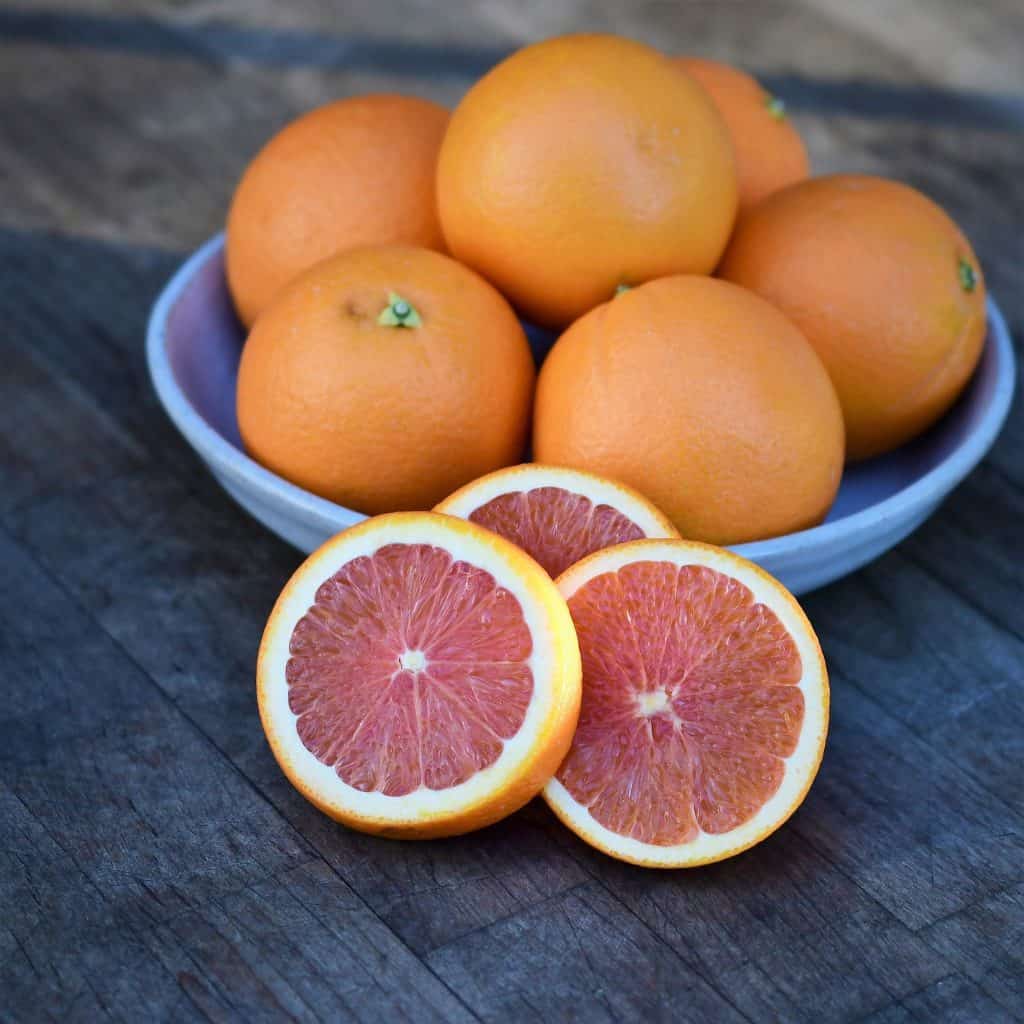
Cara Cara is a sweet orange type found in a navel orange grove in Venezuela. This orange is a unique mutation, with medium size, seedless flesh, and little pith.
The flavor is very sweet, and you can separate the flesh easily from the peel. The inside has a reddish orange color, thanks to natural carotenoid pigments.
Popular uses: fresh consumption, fruit salad.
3. Mandarin Orange
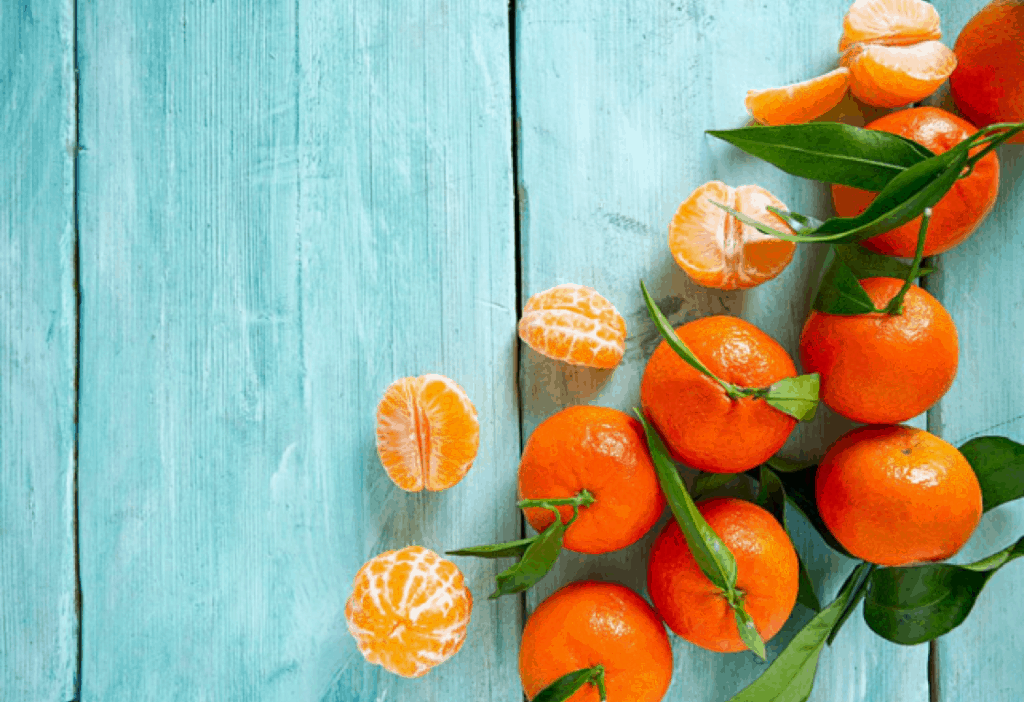
Mandarin orange is probably one of the most famous orange varieties. Mandarin orange is small, with a little flat top and bottom areas. The segments are easy to separate from the peel.
The flavor is sweet and mild, perfect for fresh consumption. The zest is great for baking.
Popular uses: fresh consumption, fruit salad, flavoring in dishes, zesting.
4. Valencia Orange
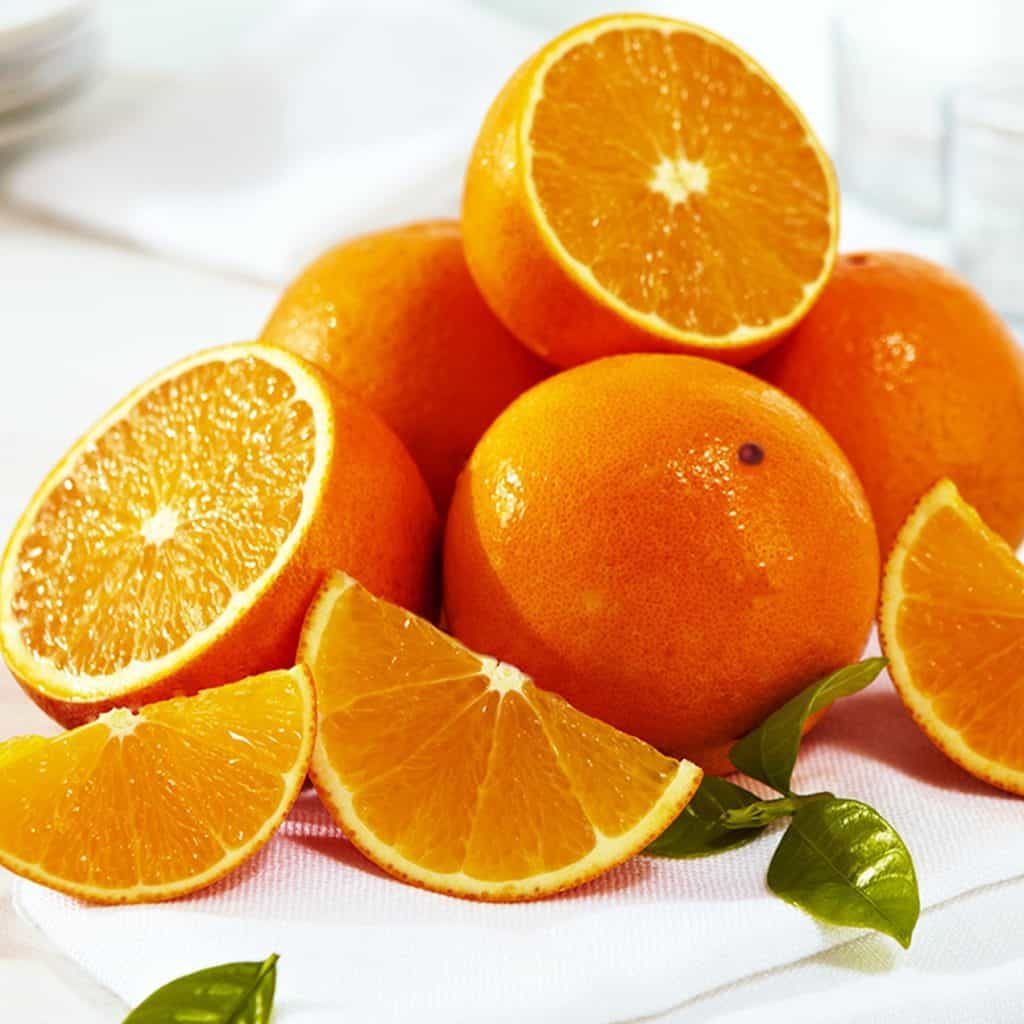
Valencia is one of the best oranges to make juice. Valencia oranges are famously grown in Florida, although other areas in the United States also grow them.
Valencia contains a lot of vitamin C and flavonoids, making the fruits ideal for fresh consumption and juicing. Valencia is the only orange that can grow during summer.
Popular uses: juicing, fresh consumption.
5. Navel Orange
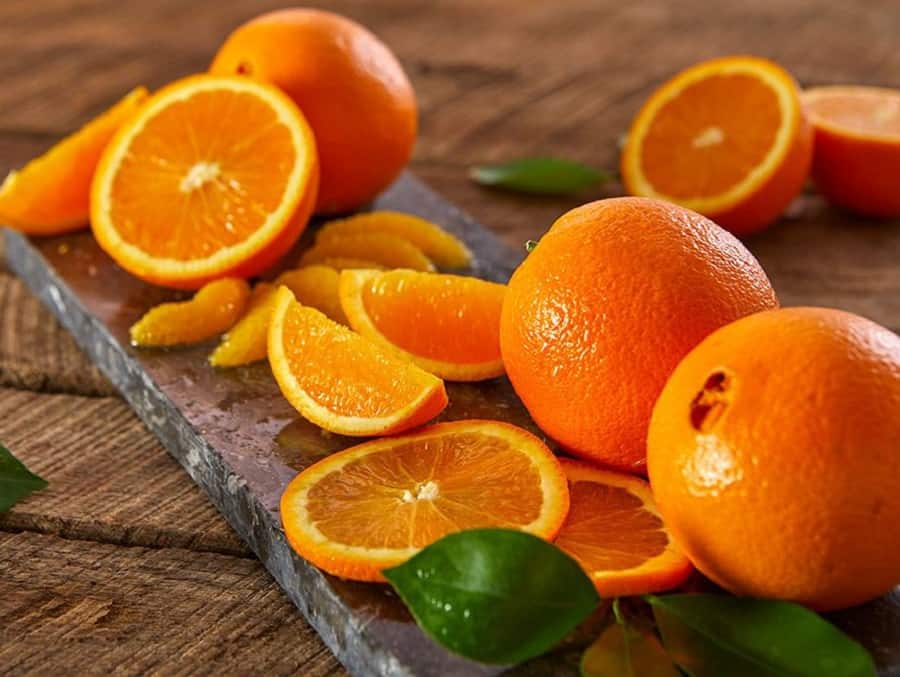
Navel oranges are sweet winter fruits that develop without seeds. The flavor is even sweeter than Valencia, making the fruit a perfect winter treat.
Navel oranges got their names from the bumpy “navel” near the fruits’ blossom ends. Navel oranges are more suitable for fresh consumption than juicing because the flesh turns bitter when destroyed in a juicer.
Popular uses: fresh consumption, fruit salad.
6. Clementine Orange
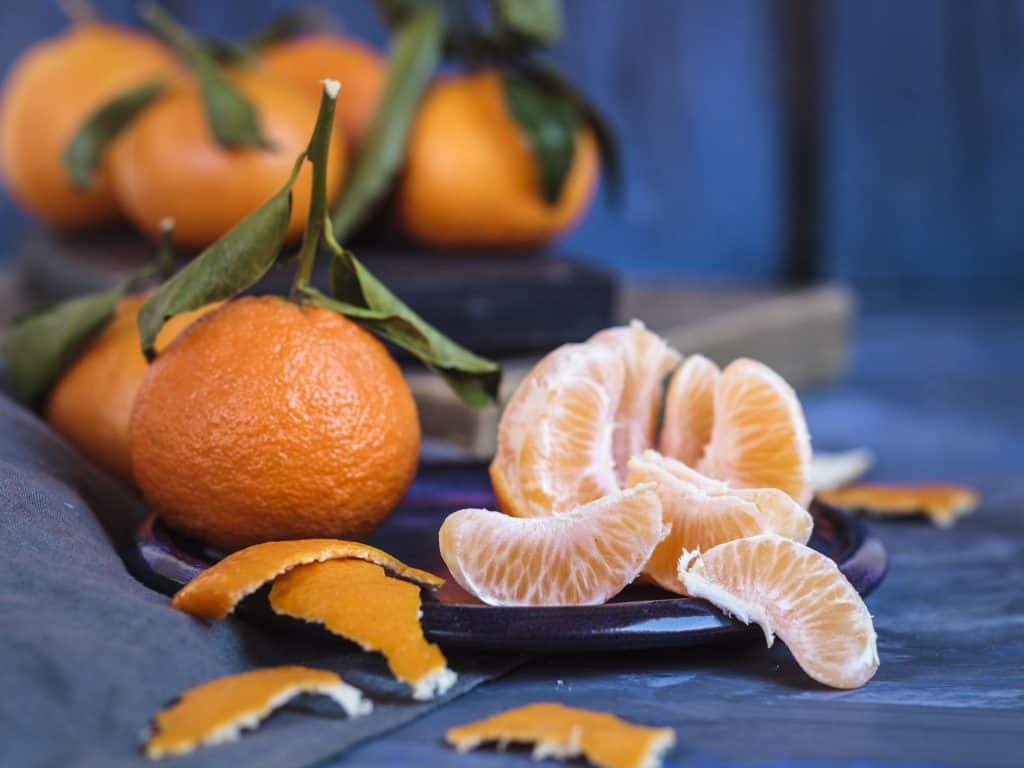
Clementine is the result of a hybrid between sweet orange and Mandarin orange. The fruit has thin skin, easy to peel. Clementine oranges are available as seedless and seeded varieties.
They have a lot of juice, with a sweet flavor and low tartness. Clementine is used for clementine cake, a traditional dessert created by the Sephardic Jews.
Popular uses: fresh consumption, desserts.
7. Lima Orange
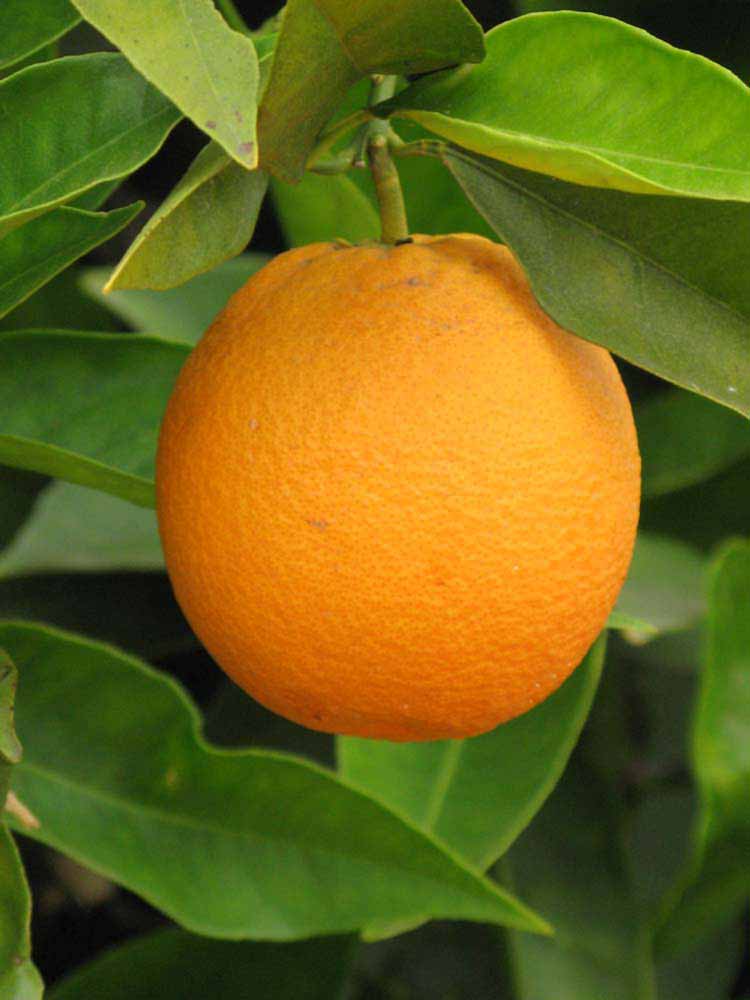
Lima orange is a small-to-medium fruit popular in South America. The fruits have a slightly thick peel and rind, which make hand-peeling difficult. However, the flesh is sweet, fresh, and juicy.
Lima orange has a fragrant aroma, with a low acidity level that makes it a great fruit for kids.
Popular uses: fresh consumption, fruit salad, candied, juice, desserts.
8. Bergamot Orange
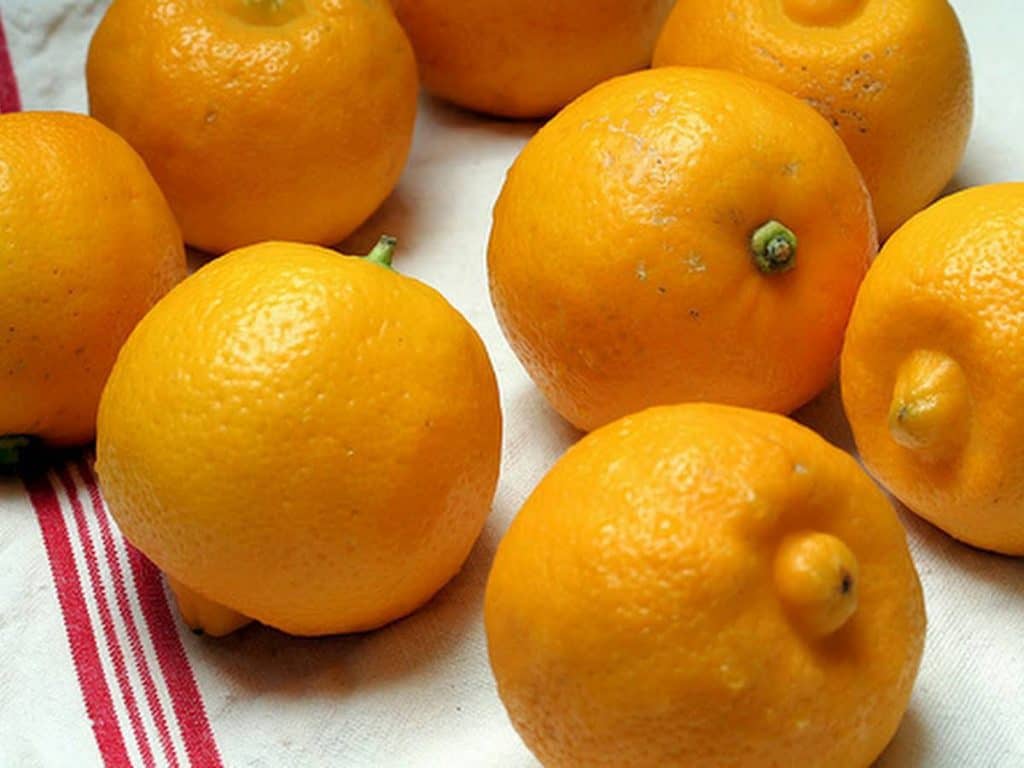
Bergamot is the result of a hybrid between bitter orange and lemon. This orange is famous for its highly aromatic skin extract, which is used to make aromatic oil, perfume, and tea flavoring.
The flavor is sour and a little bitter, but not as sour as a lemon.
Popular uses: zesting, industrial purposes, flavoring for desserts and cooking.
9. Trifoliate Orange
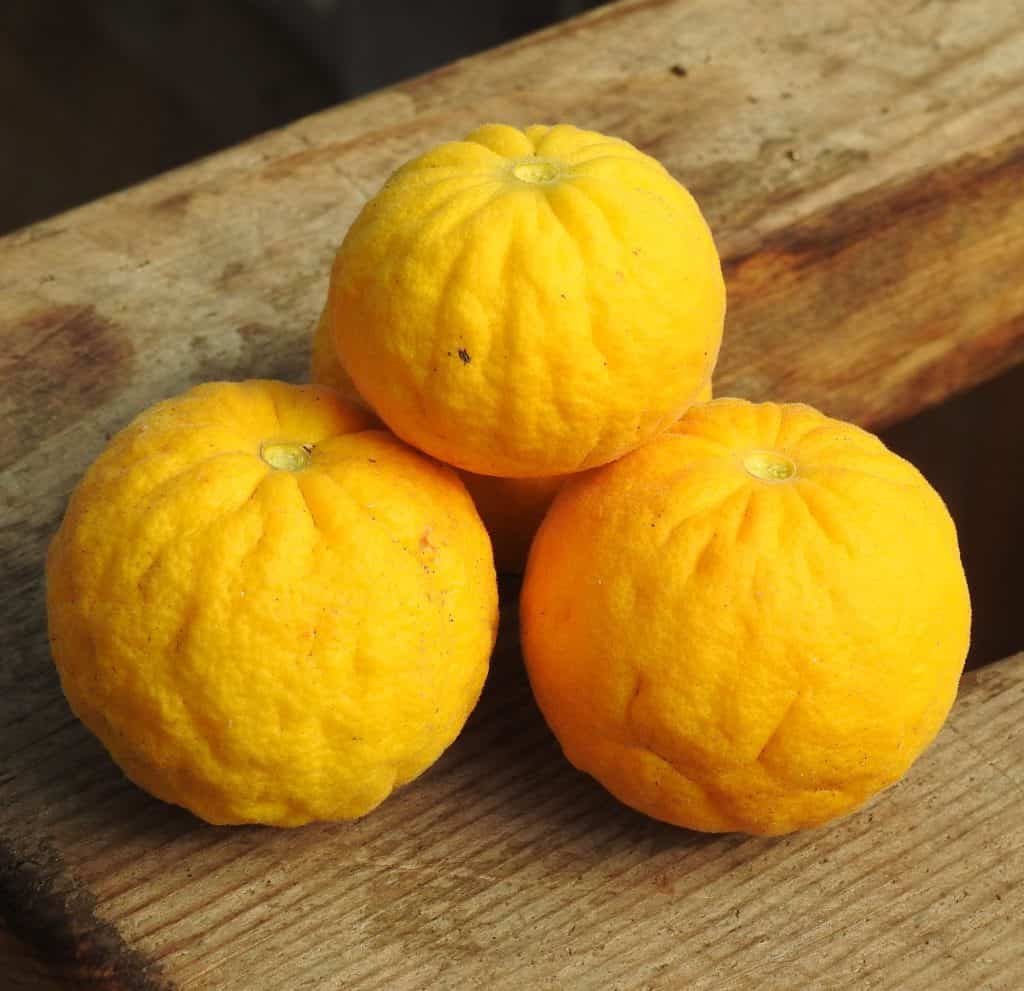
Trifoliate orange, also known as hardy orange, is a bitter orange variety from Northern China and Japan. The fruits are small like citrus, with a fuzzy surface.
The branches have thorns, making the orange trees perfect as barrier hedges. Trifoliate oranges are used in traditional Chinese medication to cure inflammation.
Popular uses: flavoring for cooking, condiments, marmalade.
10. Jaffa Orange
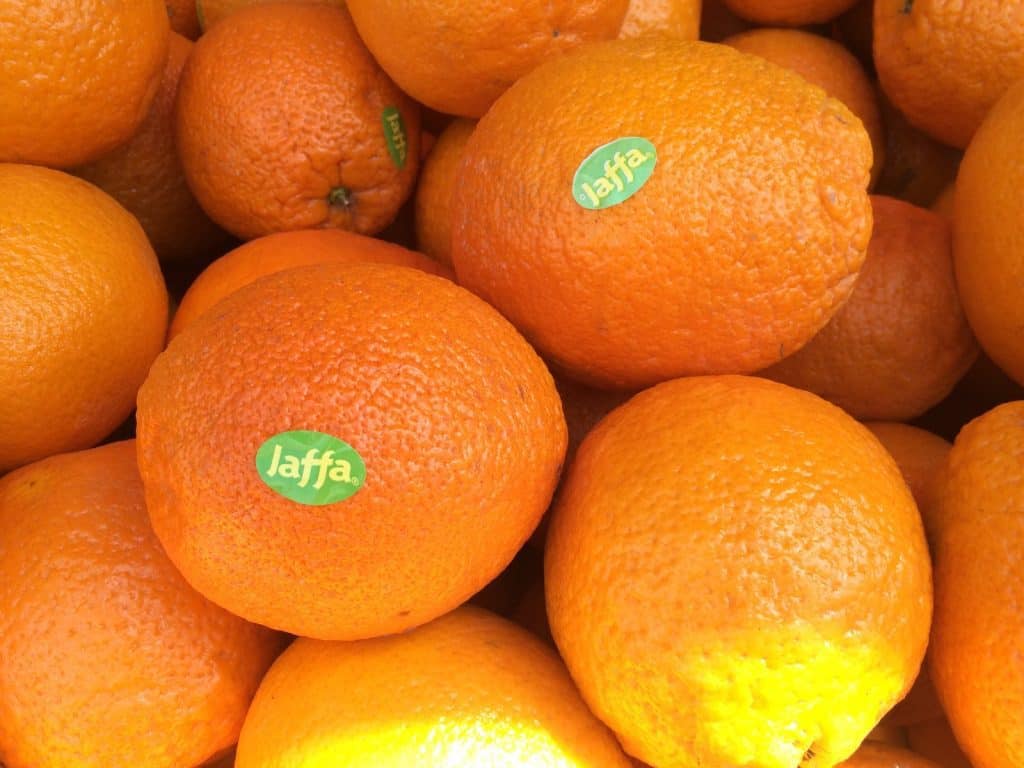
Jaffa orange has a combination of hard skin and sweet, seedless flesh. Jaffa orange’s thick skin makes it ideal for export. The fruits are a little elongated in shape, with deep orange color.
Jaffa is one of the main Mediterranean oranges, along with bitter and navel oranges.
Popular uses: fresh consumption, juice, jam, desserts.
11. Hamlin Orange
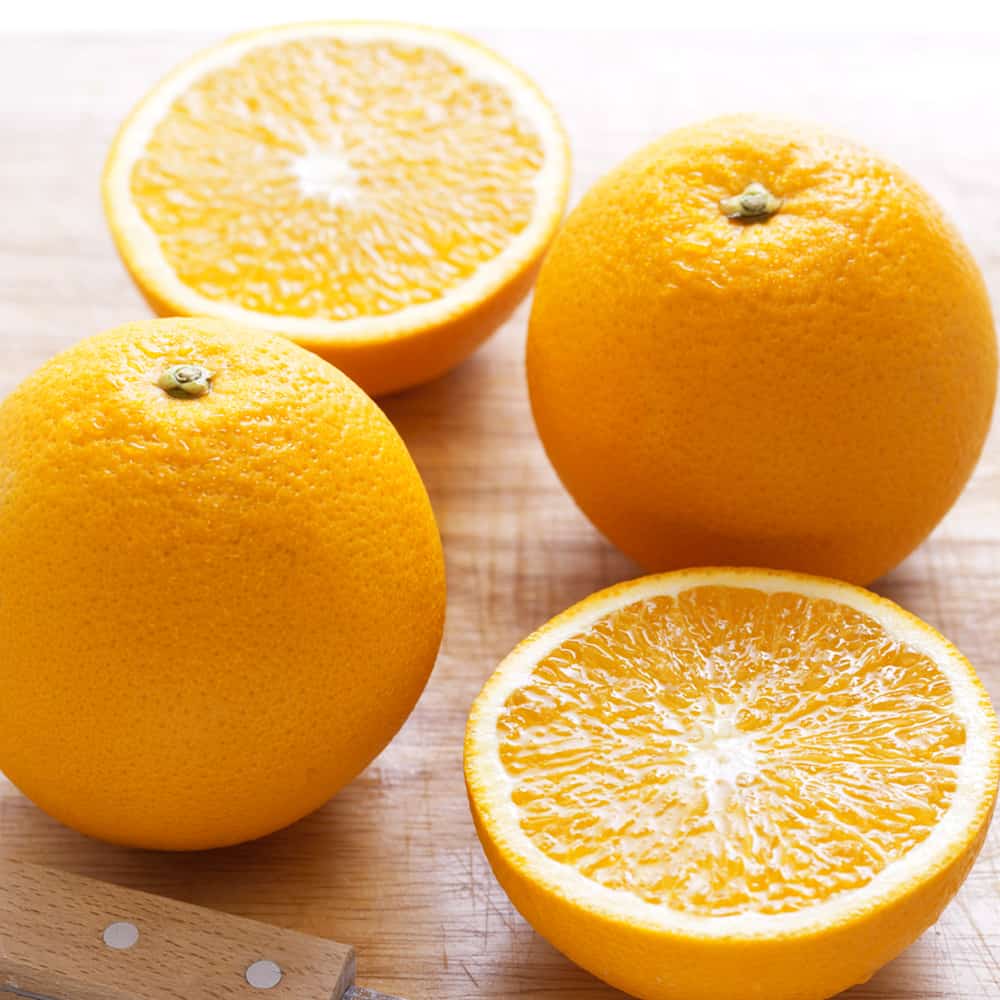
Hamlin orange was first found by A. H. Hamlin in 19th century Florida. The fruits don’t have deep color, but they have sweet and seedless flesh. These small oranges grow abundantly during winter.
Hamlin orange taste pleasant, but it is not popular for commercial uses because of the small size.
Popular uses: fresh consumption.
12. Pineapple Orange
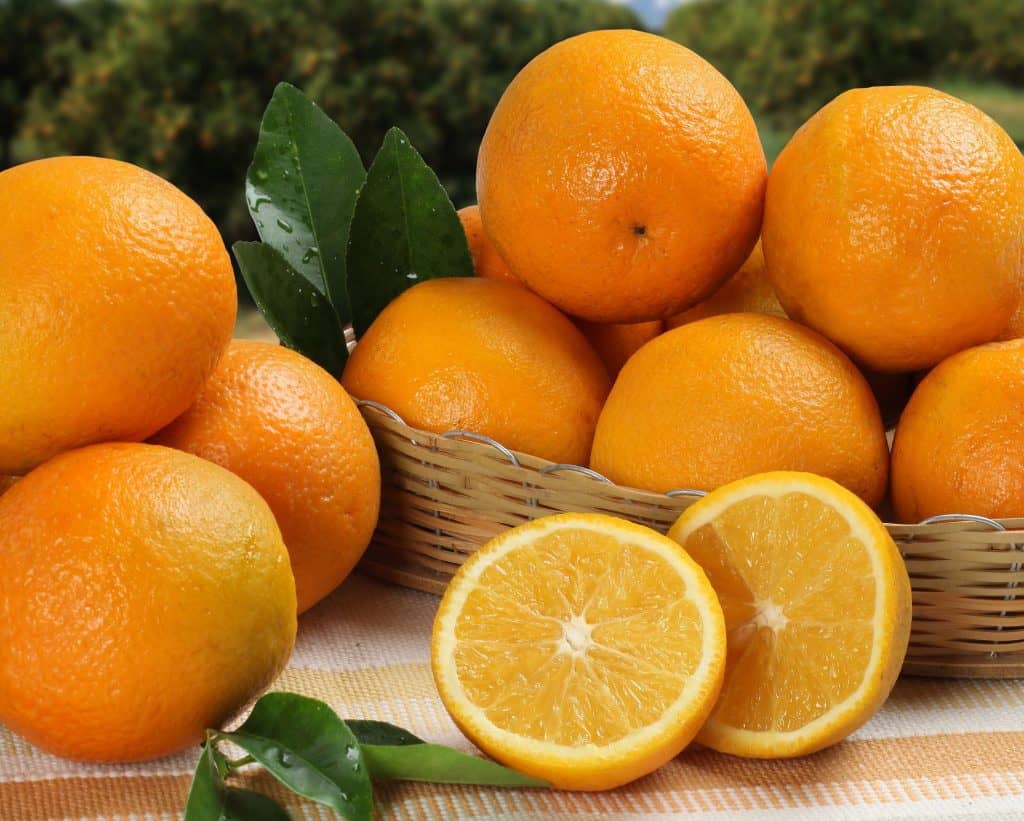
Pineapple orange got its name from the yellow rind, which resembles the color of pineapple. The oranges grow in Florida during the mid-season, and they cannot tolerate frost.
The flavor is sweet and subtle, with an amazing fragrance. Pineapple oranges are now available as seeded and seedless fruits.
Popular uses: fresh consumption, zesting, desserts.
13. Satsuma Orange
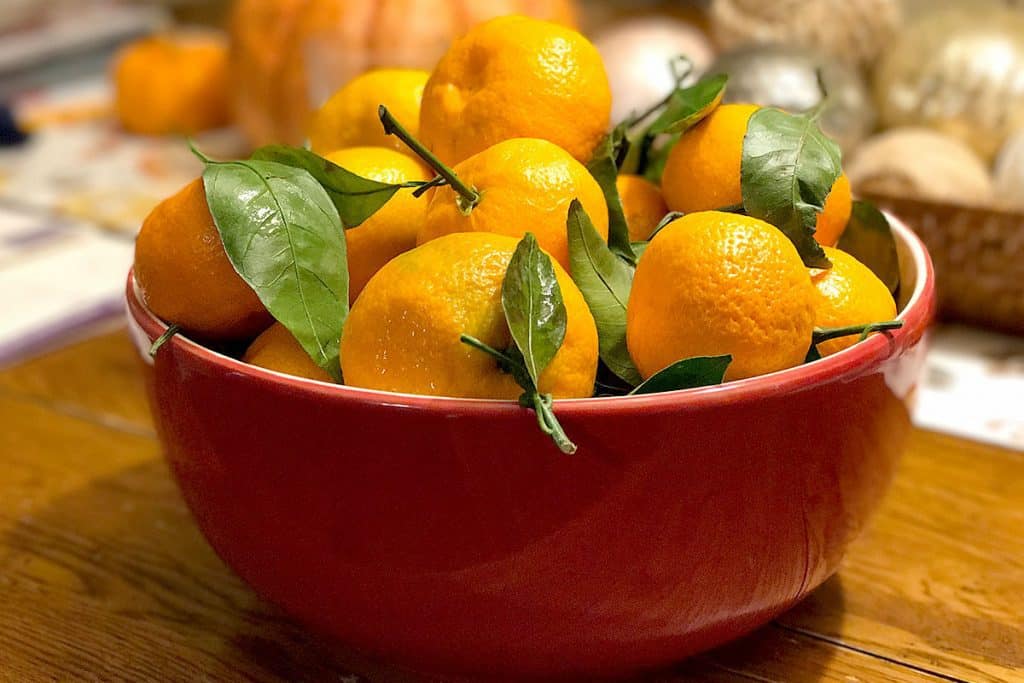
Despite being first cultivated in China, satsuma orange was introduced to the world by Japan. Satsuma is one of the sweetest oranges in the world, with tender and mostly seedless flesh.
The skin is soft and easy to peel. Satsuma orange is a delicate fruit and difficult to handle because of its tender texture.
Popular uses: fresh consumption, fruit salad.
14. Parson Brown Orange
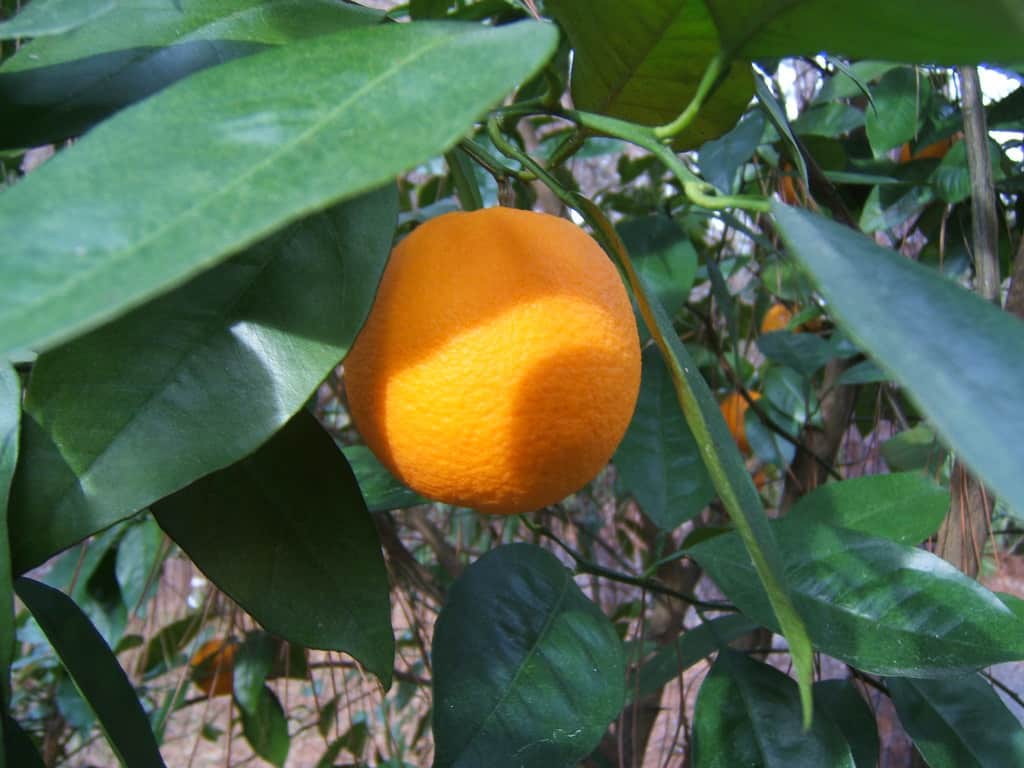
Parson Brown is the name of a popular juicing fruit variety in Florida. Parson Brown has thick skin with moderate seeds.
The color is a bit dull, and the flesh is firm. However, it yields a lot of juice, with a pleasant sweetness.
Popular uses: juicing.
15. Byeonggyul Orange
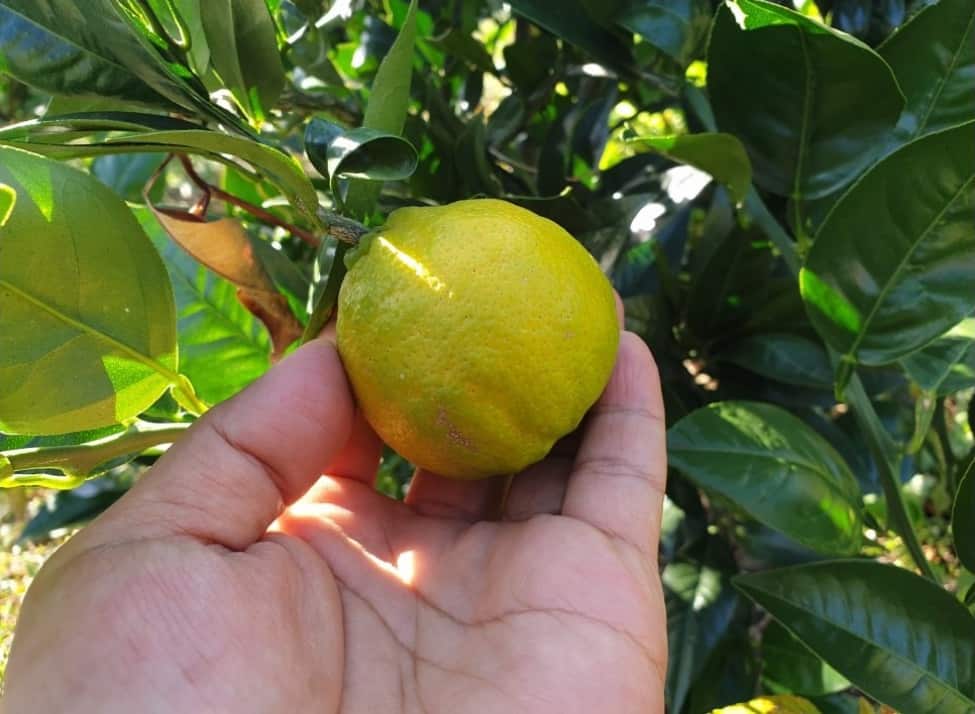
Byeonggyul orange is native to Jeju Island, South Korea, and has been consumed since the Joseon Era. Byeonggyul has a sweet and pleasant flavor, and it is more cold-resistant than other sweet oranges in Korea.
Byeonggyul peel is used in traditional Korean medicine tea. The drink is used to cure digestive problems. The zest is also used to flavor traditional dishes, such as tteok (rice cake).
Popular uses: fresh consumption, zesting, dried, candied, condiments, flavoring for cooking.
Oranges have more varieties than you might know, with unique characteristics that give them various uses.
Knowing about different types of oranges will help you choosing the right fruits for plain eating, juicing, or even cooking.



